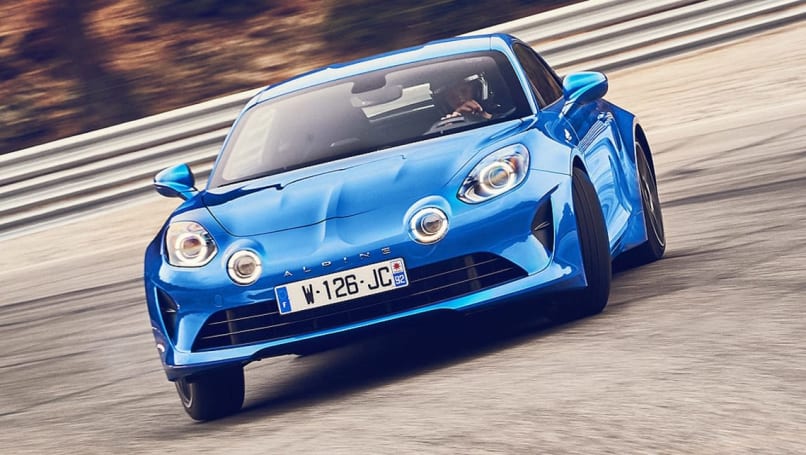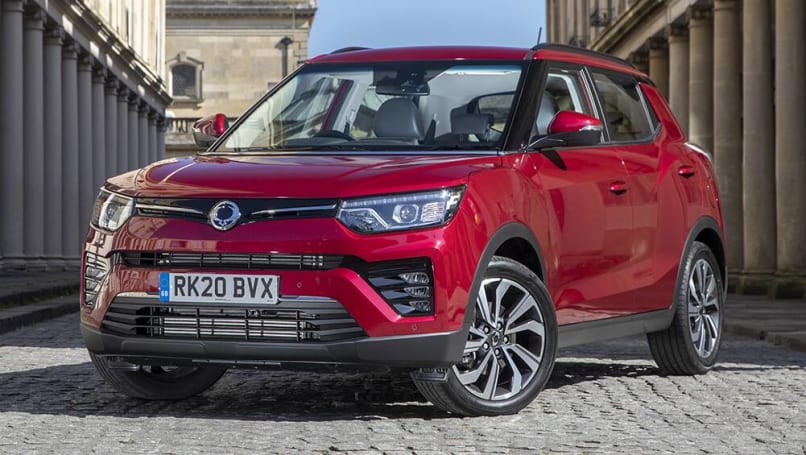
Watch out, Audi! How Lexus staged a sales comeback in 2023 off the back of updated Lexus RX, NX and UX SUVs
The cold, hard facts of the 2022 sales data were not good for Lexus. The brand...
Browse over 9,000 car reviews

These days the average lifespan for a passenger car or SUV is around six years – unless you’re talking about the Mitsubishi ASX or Toyota Landcruiser Prado, in which case they can last a good bit longer.
For 4x4s and commercial vehicles like utes or vans, it’s also much longer – often in excess of a decade – but there are frequently cars that don’t achieve a typical life expectancy and die an early death instead.
But are these mercy killings, or just the cruel hand of fate? Not all short-lived cars deserved to die young, but then again the candle that burns half as long doesn’t always burn twice as bright.

The X-Class only lasted about two years in the Australian market, rolling into Merc showrooms in 2018 and rolling out in 2020. Based upon Nissan Navara underpinnings and powered by the same four-cylinder powertrains at launch (but flaunting its own unique interior and exterior styling, and suspension tune), it eventually brought a critical unique selling point to differentiate it from its Nissan cousin in 2019 – a powerful Mercedes turbo-diesel V6.
But that wasn't enough to save it, and the market didn’t respond favourably. The Nissan DNA was too obvious in the four-cylinder models and the V6 was an expensive option that arrived too late.
In fact, the price differential between the X-Class and its Nissan relative was also arguably too great, and the cachet of that three-pointed star wasn’t strong enough to entice Aussie tradies and off-roaders into the premium ute in any significant volume. It was a slow-seller in global terms too, with just over 15,000 X-Classes being sold overall in 2019. In 2020, Benz pulled the pin on its underperforming ute and shut down the production line.

The A110 was crippled from birth, thanks to a meagre safety fit-out that saw just a pair of airbags tasked with protecting both occupants in a crash. That meant Alpine – Renault’s sports car offshoot – was restricted to importing a maximum of 100 A110s per year when it started bringing them over in 2019.
Still, that wasn’t much of a biggie for France’s answer to the Lotus Elise – volume sales were never a goal for the low-slung, mid-engined A110, it was more about forming a connection with sports car enthusiasts, and it generally reviewed favourably as a performance car.
But sadly the introduction of more rigorous side-impact legislation under Australian Design Rule 85/00 killed it off. The cost of making the A110 compliant with the rule was well in excess of what could be recouped through selling just 100 of the things each year, and the A110’s business case was obliterated as a result. It went off sale in November last year, though it thankfully lives on overseas.

It’s somewhat ironic that ‘Endura’ is two-thirds of the word ‘endurance’, because - commercially speaking - endurance is something the Endura had a terminal shortage of. Given the Endura only lasted two years on sale – or one-third of the typical vehicular lifespan – a more fitting name for it would have simply been ‘End’.
Launched at the end of 2018 and dumped just over two years later in 2020, the Endura had a short stint in Australia. Partly because it was already middle-aged by the time it got here. Sold as the Edge overseas, the mid-size SUV was launched globally in 2015, leaving three years for the product to go stale before we even got our hands on it.
Compounding matters, Ford also went with a diesel-only strategy for the Endura right when the 'Dieselgate' scandal was doing its best to turn consumers off oil-burners. The much tastier – and potent – turbo petrol offerings in the USA could have also given the Endura a leg-up on its more conservative competition. The Endura also lived in the shadow of the Everest, which won fans for its rugged go-anywhere reputation and seven-seat configuration.
Ford themselves didn’t expect big sales for the Endura, but even they were underwhelmed by the result.

The last time Mitsubishi sold an Express van, the thing hung around like a cockroach after a nuclear holocaust. On continuous sale between 1990 and 2013, the SF/SH Mitsubishi Express had supreme showroom endurance – as well as a one-star ANCAP rating thanks to engineering and safety technology that was literally from a different century.
Skip forward to 2020 and the Express was back, except this time on a badge-engineered version of the Renault Trafic that offered zero frills but gave business buyers a useful mid-size van at a sub-$40K price.
The only problem was, the ‘new’ Express was based on old bones – this generation of Trafic has been around for eight years, and is approaching the end of its natural lifespan. Drop a zero-star ANCAP rating on top of that (ouch), and Mitsubishi Australia concluded that the Express wasn’t competitive enough for the Aussie van market and gave it the chop just a couple of months ago.

In mid-2019 Renault introduced the Kadjar. Twelve months later, the company’s Australian arm announced it would be retiring the small SUV – along with the Clio and all non-RS Meganes – as part of a massive restructuring of its local operation.
One would think that subtracting a product from an incredibly high-volume segment would go counter to the company’s commercial best interests, but the Kadjar was an underwhelming product built on old Nissan Qashqai underpinnings that lagged significantly behind the top performing small SUVs – including the Qashqai it was based upon.
The gap it left in Renault’s Australian showrooms has been plugged by the Arkana which may soon be joined by the similarly-sized (but more practically-shaped) Austral. Does anyone miss the Kadjar? No.

At the end of 2018, Citroen launched the C3 Aircross in Australia. In 2019, Citroen sold just 55 C3 Aircrosses Down Under. The following year, it was 65. You do the math – the SUV-fied version of the C3 city car was unpopular, even by Citroen standards.
It joined another Citroen that passed away prematurely – the C4 Cactus, a highly-likeable small SUV that was unfairly overlooked by many and which only lasted three years in Australia as a result. Still, despite its quirky Frenchiness and high price, the C4 Cactus had enough personality to outsell the C3 Aircross in its final year on sale – by almost double.

SsangYong can’t seem to catch a break. Besides being the Korean automaker that everyone forgets exists, the company also declared bankruptcy in 2020 as its debts reached untenable levels, with parent company Mahindra also signaling its intent to dump its 74.65-per cent stake in the troubled South Korean brand.
In Australia, it’s a small fish, with just under 3000 sales last calendar year putting it near the bottom of the list of top-selling car brands (though it’s nevertheless well ahead of also-rans like Alfa Romeo, Fiat, Genesis, Citroen and Peugeot). You would think, then, that keeping a small SUV in the showroom would be important, given the rampant popularity of that type right now. However, the Tivoli, SsangYong’s answer to the Kia Seltos and Hyundai Venue, had just a short time on our soil before it went away.
Why did it leave so soon? Well, arguably its time was up. The Tivoli launched in South Korea back in 2015 but didn’t get here until the end of 2018. A facelift was rolled out overseas in 2019 and was expected to get to Australia as a 2021 model year update, but it never arrived. With an uncompetitive price point coupled to a pre-aged product, the decision was made to cut the Tivoli loose in 2021.
Did you know the name “Tivoli” was chosen partly because it reads “I Lov It” backwards? Badge irony strikes once again.










Comments